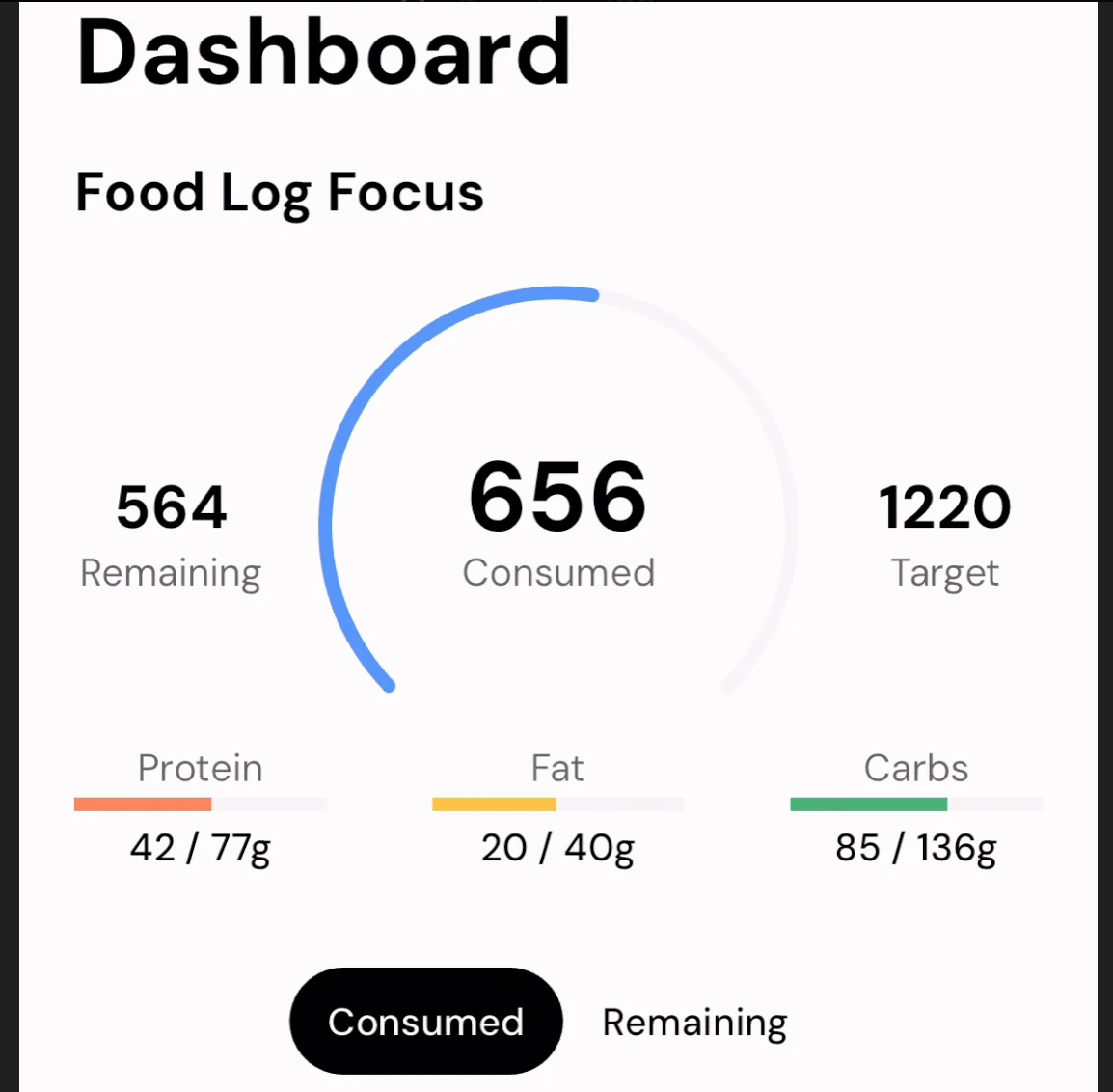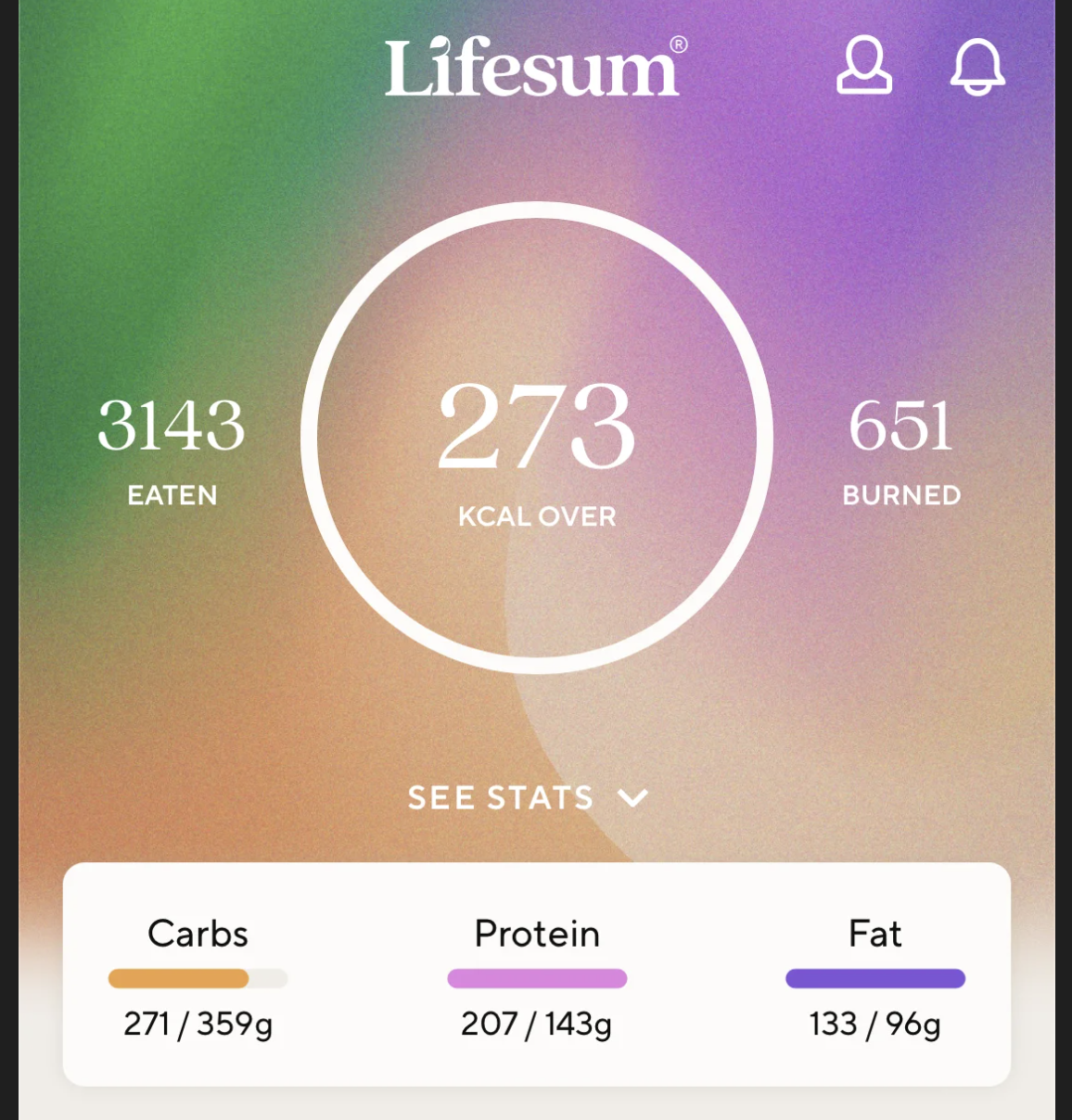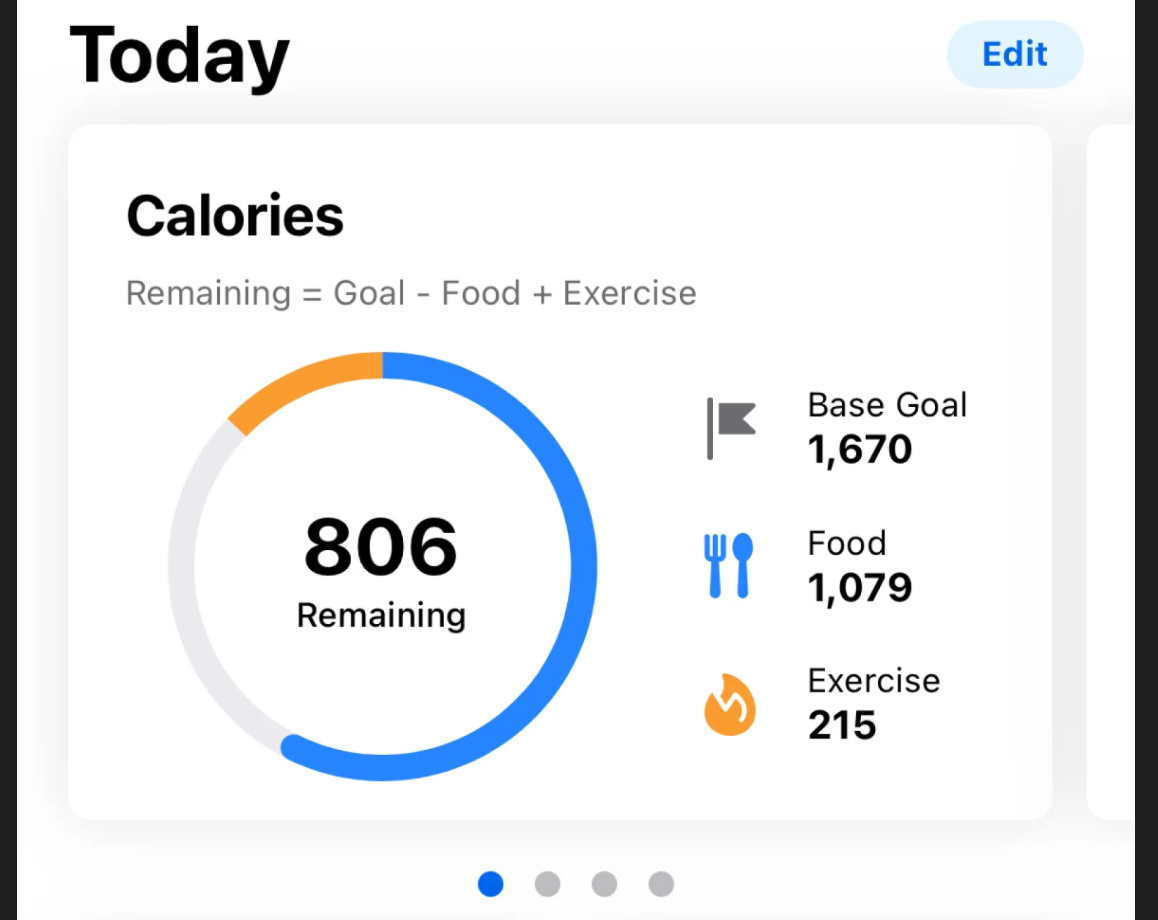Calorie Counting



Calorie Tracking Apps
This is what all diet tracking app dashboards look like: the main screen shows how many calories you’ve consumed today and how many more you should eat. This approach goes back 20 years to when MyFitnessPal launched automatic calorie tracking. It has since become the de facto standard for diet apps and the default way many of us think about weight loss or muscle gain.
But there’s something odd about this. First, you don’t know if you’ve met your goal until after you’ve finished eating. So you might overshoot your calorie target or eat too little—and it’s too late to fix. It’s like Google Maps telling you that you missed your exit two miles after the exit.
Second, it reduces everything to a single number. Nutrition is more than calories. It’s about ingredient quality, the composition of macro and micronutrients, and the timing and frequency of meals. All calories are not created equal.
Third, that number can be plain wrong—especially if you eat out or have your grandmother’s secret recipe. Different apps I've used often show different calorie counts for the same meal.
Lastly, this isn’t how most people think about food. None of us grew up counting calories for every meal.
That said, I do think tracking what you eat has real benefits: it encourages mindfulness, helps identify patterns and triggers, and keeps you accountable. Research shows that tracking can help people meet health goals two to three times faster.
As I design Hobbes, I’m trying to capture those benefits (mindfulness and accountability) without obsessing over a single number like calories. Some apps, like Noom, add a traffic light color code to foods in addition to calorie tracking, but I don’t think that goes far enough. I think there's an opportunity to rethink how we create healthy eating habits to reach our goals.
Let me know what you think. Do you have ideas that come to mind?